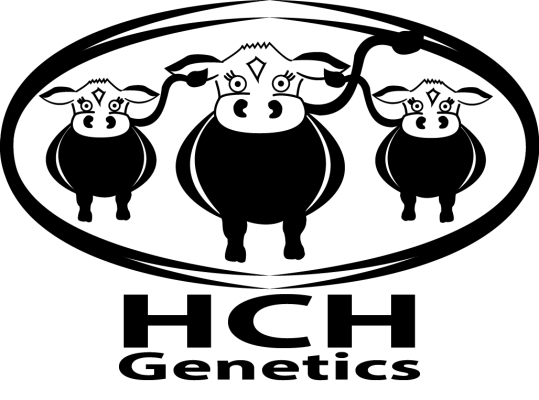Evidence is mounting that is causing more beef producers to consider early weaning. There has been a healthy level of research into the effects of early weaning on cow calf performance and the effect on overall profitability. Evidence suggests that it is a more profitable system regardless of the season, however it does require careful, skillful management.
Traditionally calves are weaned at seven to eight months of age. Early weaning has been investigated extensively at ages as early as three months of age and even a few studies younger than this. The main advantages of weaning at an early age is the decrease in overall energy required to feed the cow calf unit. Early weaning allows the calf to be fed a specialised, high quality ration without wasting it on the cow. Feed of this quality is more expensive, but the feed conversion efficiency of young cattle is excellent which compensates for this extra cost to some degree depending on the concentrate used. Mature cows can be turned out on rough feed or fed lower quality forage and will still manage to gain weght in time for calving the following year as their energy requirements drop dramatically when they are not supporting a calf (Rasby). If we are facing a year of low forage availability and potentially the need to feed poorer quality forage, this can be of real benefit.
Early weaning prior to joining has been shown to have quite dramatic effects on overall profitability of a cow calf operation (Tathum et al). Weaning prior to joining has been shown to improve pregnancy rates, reduce overall feed costs and has also demonstrated improved feed conversion efficiency in early weaned calves, thus earlier finishing times. We all know that the main driver for profitability for a breeding operation is pregnancy rates. The other quite significant advantage to an early weaning system is the ability to increase cow numbers. A study by Tatham, weaning calves at 3 months of age, showed a decreased dse per cow from 15 to 13, allowing for a sizable increase in cow numbers.
It seems too good to be true. It is and it isn’t. The potential gains are real, but the management needed is more complex and the margin for error larger. Once the calves are off the cows, management for the cows becomes easier, but obviously more labour intensive for the calves. Calves need to be introduced to a high energy diet over about 2 weeks ideally when they still have access to their dams. Diets should be dry (Larson) with free choice good quality forage at all times and a grain based concentrate with high protein levels and supplemental minerals. Once on the diet they will thrive as long as calves have constant access to high quality forage and concentrate feeding is regular, either with limited lick feeders, feeding a set amount on a daily basis, or using a feed regulator. The concentrate that is selected is very important and it is always a good idea to seek advice on your choice. Concentrates fed should be low in fibre, high in protein, be palatable, buffered and minerals should be provided. Using a buffer such as Acid Buf is a great idea. Acid Buf is available through HCH Genetics and is a highly palatable, effective and long lasting rumen buffer. It would also be worth considering the addition of a pro biotic such as Diamond V Yeast. Yeast products included in calf diets have shown improved growth rates, but a more marked effect on reduced illness, both in numbers ill, mortality and fewer sick days overall.
Our qualified cattle nutritionist at HCH Genetics is available to take you through the whole process and help you set up a management plan. Go to “Contact Us” with any questions.
Article by Jacqueline Aylan-Parker (B.Agr.Sci.(Hons))


All these points seem marvellous but somebody should explain to the boffins what can be used in the real world where we work for a living
LikeLike
Early weaning is time consuming, so if you mean work as in work off farm, it makes it difficult. However, If you aimed to do the initial wean during a week when you had a bit of time available, you can get the calves onto a limited lick feeder. This eliminates the need to feed every day and is a great time saver. There are risks involved with over feeding that must be considered.
An even better solution is to invest in creating or purchasing some creep feeders. These are limited lick feeders that only calves can access. They stay on their dams till they are seeking the feed themselves. Once they are onto the feed, they can be weaned more easily.
LikeLike